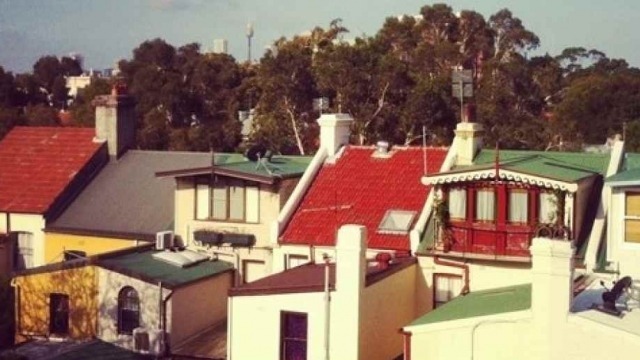How can we predict the future of Australian English? Interview with Professor Catherine Travis

Can we predict how Australian English will change over the next generation? If you're part of the Sydney Speaks Project, the answer is a confident maybe. Bringing together researchers from the Australian National University, the University of Sydney and Western Sydney University, the Sydney Speaks Project is studying the changes to Australian English over the past 100 years and using their data to develop tools that challenge linguistic stereotypes and discrimination. By developing an understanding of how Australian English has changed in the past, and of the social variation that exists today in Sydney as a major urban centre, we may be able to make some predictions about how Australian English will change over the next generation.
The Australian Studies Institute talks to project lead, Professor Catherine Travis (ANU), to discuss the latest developments and how you can add your stories to the project.
Why was it important to you that this project be in Sydney as compared to, say, regional Australia or a sample of different cities around Australia?
There are several reasons for this. Sydney is Australia’s most ethnically (and linguistically) diverse city - in the 2016 census, over one-third of people living in Sydney reported speaking a language other than English at home. This creates a really interesting mix and a situation that can accelerate language change. We also know that language change often begins in major urban centres, and then spreads out. If that’s so, then Sydney English may set the trend for the future shape of Australian English, and so charting what’s going on in Sydney may allow us to make predictions about Australian English overall. And we have some recordings of interviews conducted in the 1970s and 1980s in Sydney; we are now recording comparable interviews, and this will allow us to conduct direct comparisons over time to identify precisely what changes have taken place.
The Sydney Speaks online app is a great way to encourage people to question their prejudices about linguistic variations. Why did you develop this as an app, and how do you hope it will be used?
We developed it as an app to be part of an exhibition at the Powerhouse Museum in Sydney, that ran from August 2017 to January 2018. The exhibition, called ‘This is a Voice’, was a Wellcome Collection Exhibition and came out to Sydney from the UK. They were looking to highlight some local content, so contributing something on different ways of speaking in Sydney seemed ideal. Because it was so popular, we set up an online version. The page has had over 50,000 views, so it has attracted a lot of attention.
Have you had a chance to see people engaging with the app and gauge their reactions? It seems to me that half of its power is in the number of times my assumptions were wrong.
Yes, that’s a common response we get. People are typically disappointed with how badly they do. This just confirms, on the one hand, that we expect to be able to identify people’s social characteristics by the way they speak, and, on the other, that actually, this is very hard to do. It’s hard to do because multiple factors influence how we speak, so we really can’t pigeonhole people, and that’s the message we hope to get through.
What is the Sydney Speaks Project currently working on?
We are interested in the way people speak across Sydney, taking into account its great diversity, including across different ages, genders, occupations and ethnicities, and how this has changed over time. There is some evidence that Australian English used to have greater class differences than it does today, and some have suggested that this change reflects changes in society. We can directly test that, by comparing the speech in the earlier recordings we have with those we are making today. It’s also been proposed that migrant groups lead change, and this is also something we can directly test. One thing we have observed is that class may not be oriented to in the same way by speakers of different ethnic groups, so these things can get very hard to tease apart, and that is what we are trying to do.
How can others get involved?
We’re interested in the stories people have to tell about how Australia, and Sydney, has changed over time, in particular with the changes in ethnic makeup. We’d love to speak to people who would like to share their stories with us or to record stories of others.
To learn more about how to share your story, visit the Sydney Speaks website or contact Catherine.Travis@anu.edu.au
Interested in reading more about this Project?
The Sydney Speaks Project is part of the ARC Centre of Excellence for the Dynamics of Language.
- Read about the app and exhibition at Powerhouse Museum
- In the news
- Listen to the ABC Radio Interview
Are you working on an Australia-related research project you'd like the Australian Studies Institute to highlight? Email admin.ausi@anu.edu.au








